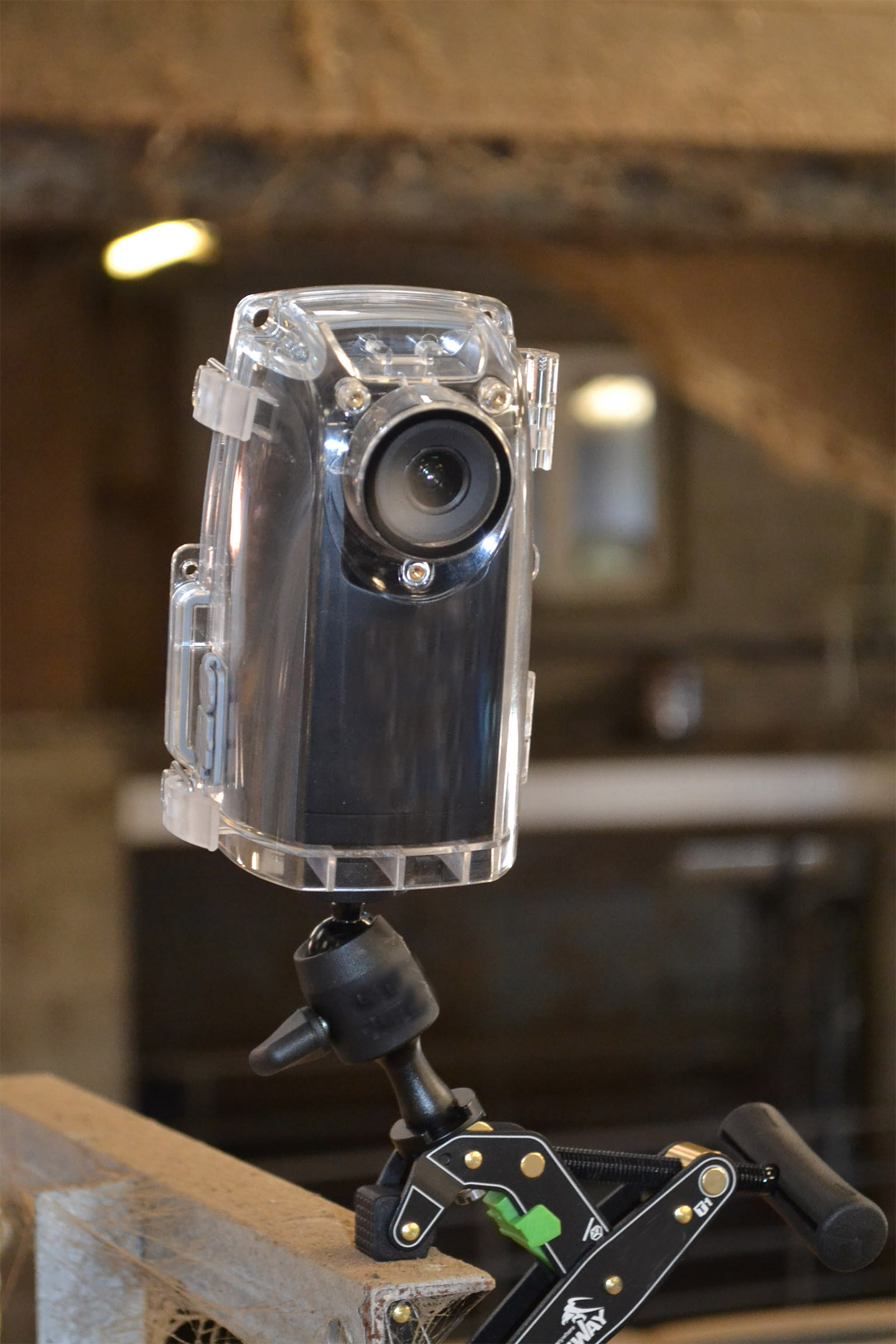
What are the new heat detection methods in cattle?
Learn more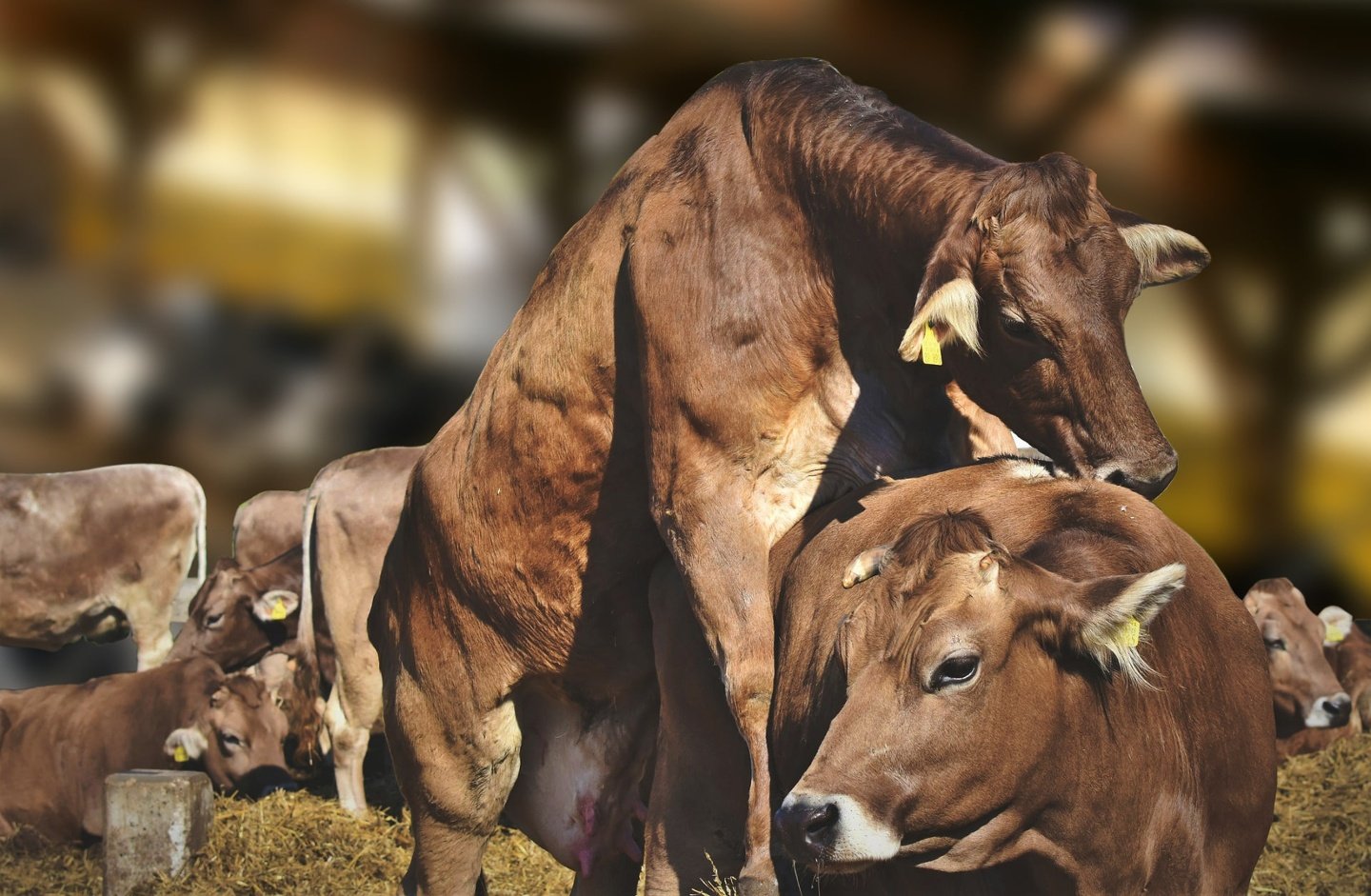
Detection heat in cattle at the right time?
Ensuring the renewal of the herd, obtaining a high success rate in AI (artificial insemination), reducing CI (calving interval) are all objectives pushing breeders to optimize heat detection in heifers and cows.
The key to successful heat detection: a rigorous observation of the herd
The eye of the breeder remains the best detection method! The effectiveness of heat detection depends on the frequency of observations. To optimize its chances of success, visual surveillance must be carried out at key moments, especially when the herd is calm. This means early morning, midday and late evening. Despite these recommendations, every opportunity is good to take to observe cows and try to spot signs of heat that don't lie. Ideally, three 15-20 minutes observation sessions per day are necessary, keeping at a discreet distance from the cows. As some cows and signs are only spotted once, the challenge is to be there at the right time!
While effective heat detection can optimize herd fecundity, it is not always possible to be present at the right time when signs are visible. This makes the process all the more complicated during peaks in agricultural activity, when the workload of livestock farmers is particularly heavy. Fortunately, tools such as automatic detection cameras exist to facilitate this surveillance work. But what behavior can they detect?
How to detect signs of heat?
In order to detect heat with certainty, it is necessary to pay extreme attention to unmistakable signs that will allow you to determine which stage of the estrous cycle the cow is in.
Preheat or Proestrus
This period announces the time when the cow or heifer can be inseminated. Early recognition of this stage allows for the anticipation of future AI or the preparation of bulls for natural mating.
This is the shortest phase in the heat cycle as it only lasts an average of 10 hours. In some cows, it can be as short as 5 hours.
If you or your breeders observe the following behaviors:
Animal agitation/stress,
• Fear of other cows,
• Attempt to mount,
• Congested pinkish vulva,
• Bawling, and/or loss of appetite... then there is a good chance the cow is in the proestrus phase.
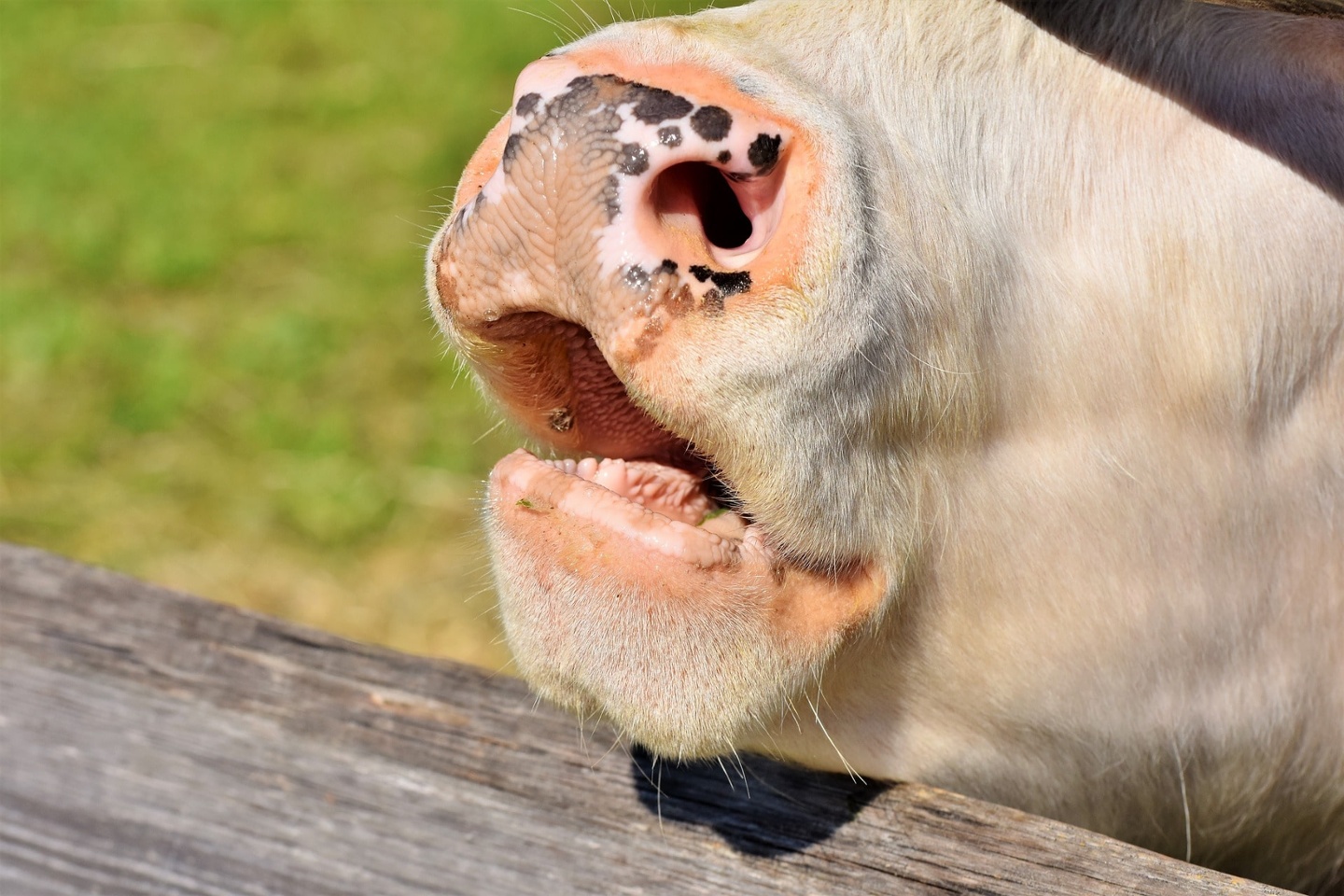
The Real Heat or Oestrus
The second phase, better known as the estrus, is the most important phase of the heat cycle, because it is at this time that fertilization can take place. It is longer than the previous phase, but it should not be missed! With a duration of 6 to 24 hours, the signs of heat are more obvious to observe.
Most specific sign
The (quiet) acceptance of the animal, waiting to be mounted is the most significant sign. The main characteristic is the animal standing immobile when it is mounted by a cow or a bull. This sign is particularly reliable, but not easy to detect because of its stealthy nature. It lasts only 10 to 12 seconds and is therefore difficult to witness.
Remember: if a cow accepts the overlap/accepts to be mounted, she can be considered in heat and possibly inseminated.
Remember: if a cow accepts the overlap/accepts to be mounted, she can be considered in heat and possibly inseminated.
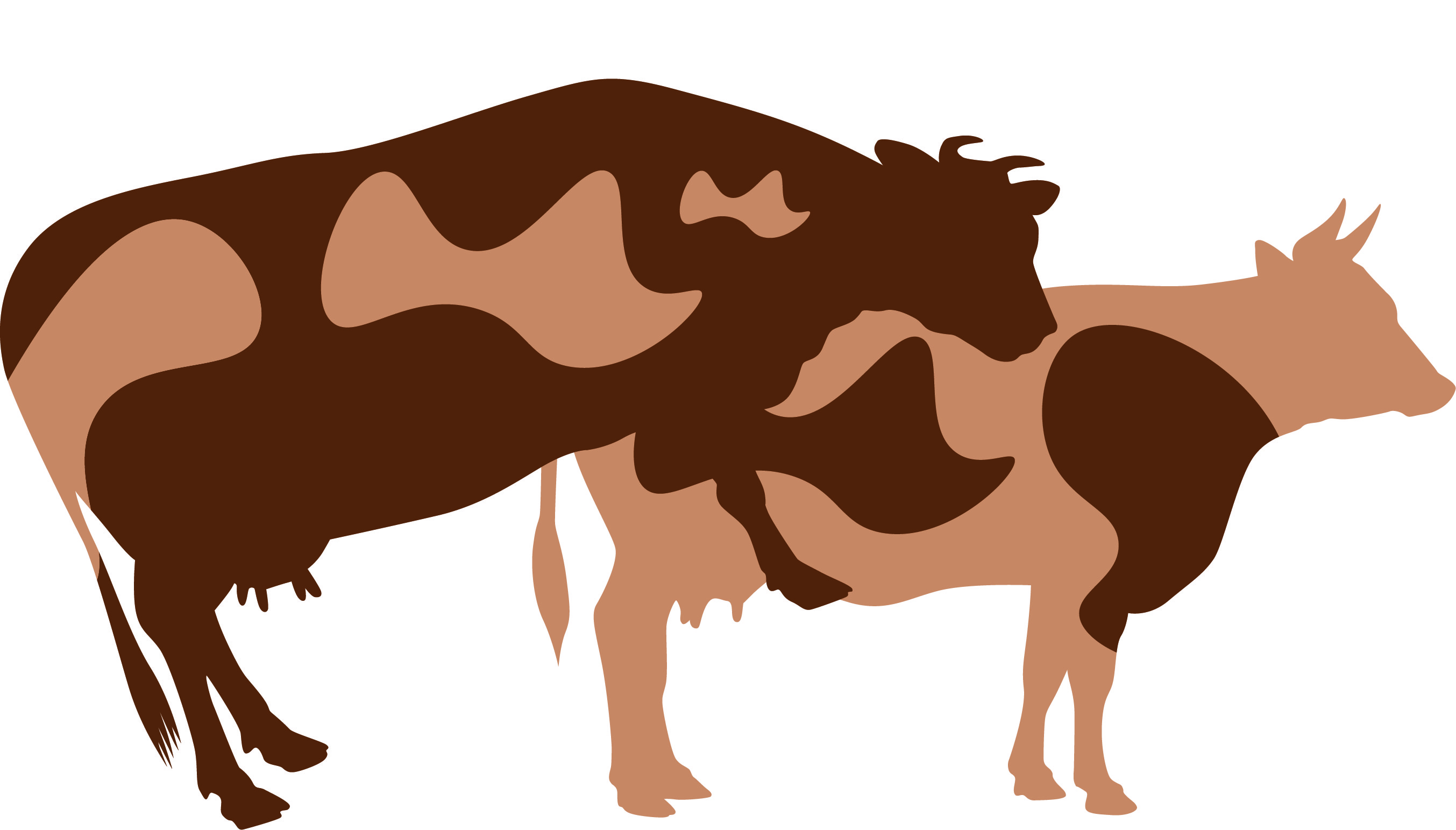
Other possible signs
In addition to the acceptance of mounting, other behaviours can be observed such as :
- Sniffing,
- Licking,
- Flehmen response,
- Resting of the head on the rump,
- Nervousness/agitation of the cow,
- The cow is on the lookout and bellows frequently,
- Its reddish vulva is very congested, with clear, runny mucus draining from it.
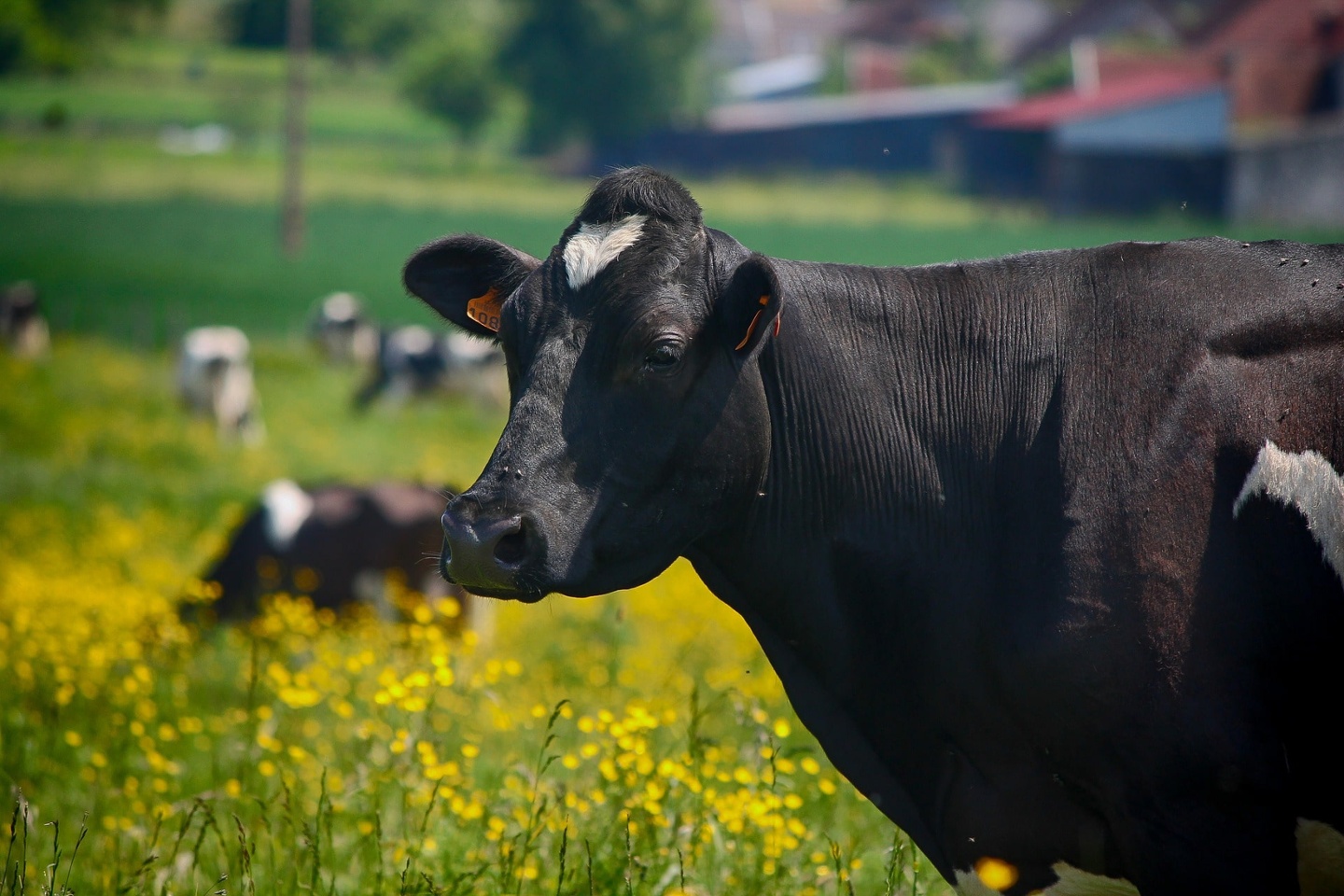
After-heat or Postoestrus
The Postoestrus phase is the longest, lasting from 72 to 96 hours. During this period, we can observe that the cow no longer accepts to be mounted and that she sniffs other cows. On a physiological level, her vulva is decongested, viscous mucus is visible just before the appearance of bleeding.
Be present at the right time, at the right place
The common denominator in all these phases is the ephemeral nature of the signs. Some only last a few seconds, making them almost impossible to detect. These behaviors, such as overlapping/mounting are, however, easy to observe. But it is still necessary to be present at the right time. This is why the use of technological solutions becomes essential to ensure proper monitoring of the herd.
Cameras that automatically detect signs of heat in cows
As we saw earlier, overlapping/mounting acceptance is the most significant sign of heat. Detecting it in an automated way is therefore a winning strategy. According to your breeding strategy, it is this particular behaviour that automatic cameras could detect in priority.
The operation of automatic detection cameras
The use of automatic detection cameras has a major advantage. They fill a surveillance gap while respecting the rhythm of the herd, day and night. This last point is of major importance because it has been shown that animals are overactive at night. This is why the analysis of their behavior during this period is highly recommended. Cameras installed in the building will detect for you the signs that predispose to heat.
However, be aware that many other behaviors can be remotely scrutinized through camera lenses.
Are you still hesitating to equip your breeders with automatic detection systems? What happens next should definitely convince you to adopt this technology!

Time saving and reactive
Because your time is valuable, because operations are located at a distance and may involve multiple sites: once installed, the cameras require very little maintenance. They blend in with the scenery and do not require any specific intervention.
For breeders:
No maintenance, special settings or set-up is required : the company in charge of the installation takes care of everything !
For advisors, breeding consultants or veterinarians:
If you have installed your own herd observation cameras (like a time lapse), you will no longer have to view and analyze hours of video to detect a situation. The algorithms will detect for you a situation for which they have been trained and will send you an alert instantly.
In addition to saving you time, this solution increases your reactivity and enriches your expertise with more value.
One camera = several situations detected
In this way, a camera can, for example, detect an imminent calving and count the number of cows lying down to assess comfort levels in cubicles.
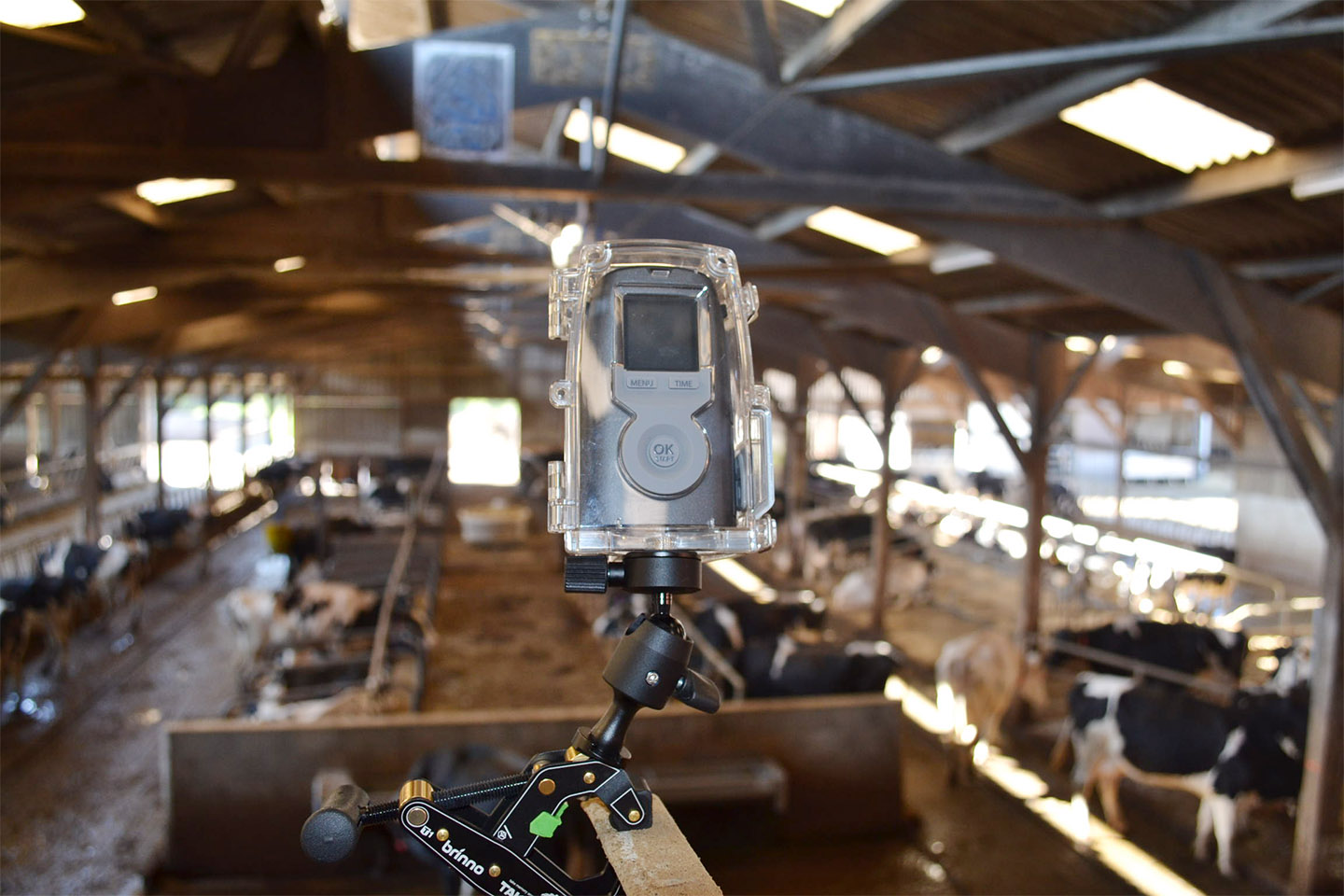
More flexibility, responsiveness and profitability
In addition, the installation of an automatic heat detection system provides real working comfort, especially on farms with ever-larger herds or when all the animals are not on the same site. This system offers more flexibility to breeders, advisors and veterinarians because it allows them to keep an eye on the herd 24 hours, day and night, without interruption.
With this type of equipment, you no longer miss animals in heat, you can better plan inseminations and have a more precise vision of future calving periods. Your breeding performance is optimized and the gains are directly measurable.
If you too are convinced of the many advantages that artificial intelligence can bring to your daily life, tell us about your project. We will examine it in detail and try to provide you with a tailor-made solution perfectly adapted to your needs.
My project ?
I want to know more about your automatic monitoring solution in cattle breeding



Newsletter subscription
Every month, receive a concentrate of artificial intelligence in your mailbox!
By subscribing to our free newsletter, you will benefit from :
- Our technical contents written by our teams
- Our advice for the use of AI in livestock farming
- Our educational tools to better understand what deep learning is
- Our latest news
- Our events